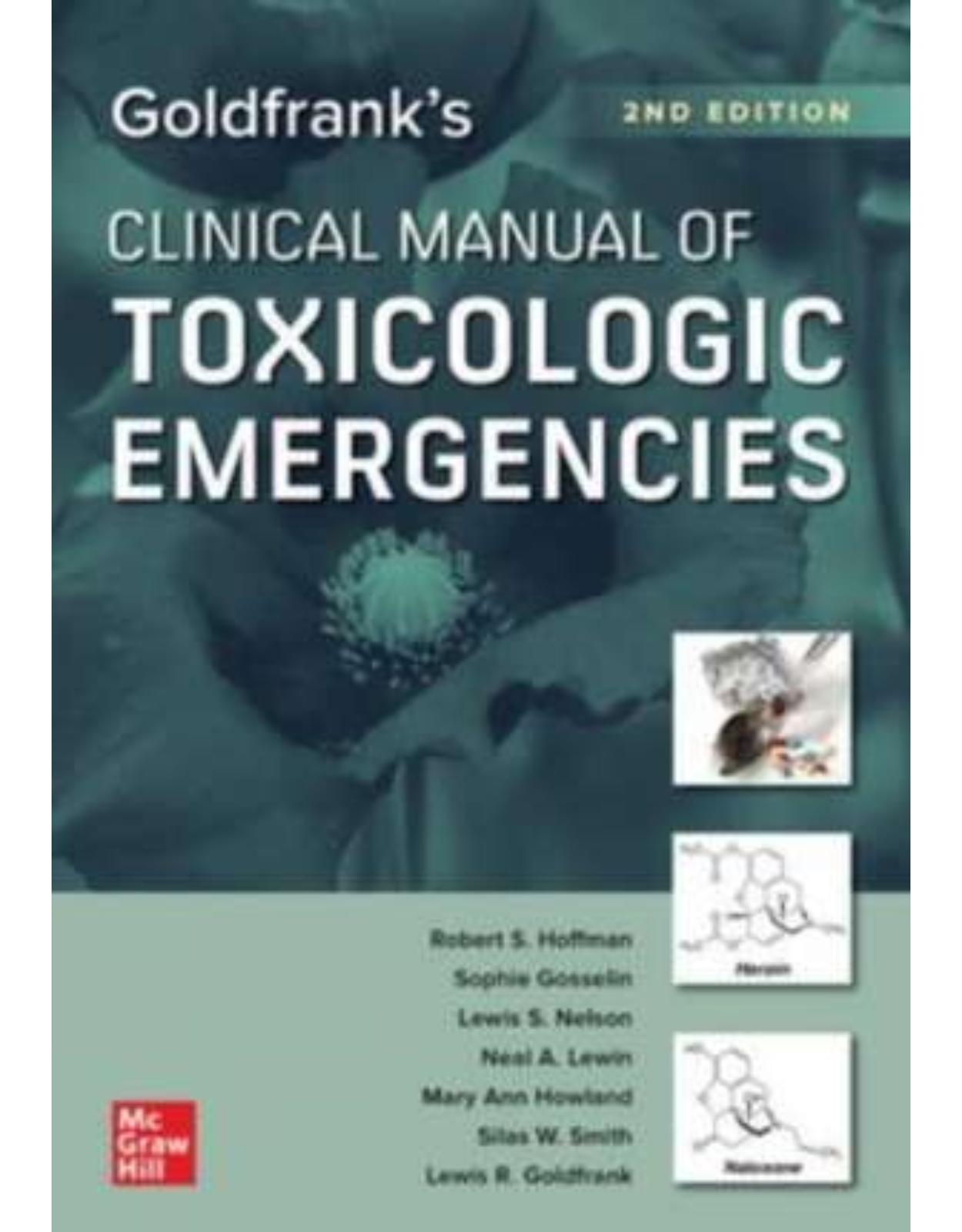
Goldfrank’s Clinical Manual of Toxicologic Emergencies, Second Edition
Livrare gratis la comenzi peste 500 RON. Pentru celelalte comenzi livrarea este 20 RON.
Disponibilitate: La comanda in aproximativ 4 saptamani
Editura: McGraw-Hill
Limba: Engleza
Nr. pagini:
Coperta: Paperback
Dimensiuni:
An aparitie: 15 dec 2023
Derived from the definitive guide to medical toxicology, this hands-on companion provides accurate information for diagnosing and treating poisoned patients on the spot
After more than a decade on the market, Goldfrank’s Toxicologic Emergencies has established itself as the go-to reference for medical toxicology—and this companion manual distills the most important information into a portable, easy-to-navigate resource.
Goldfrank’s Manual of Toxicologic Emergencies distills critical information into short summaries and synopses, so you can use it to treat patients in clinical settings or for quick review of critical topics. Fully updated to ensure all information is completely current, this new edition is filled with tables, figures, images, and other visuals to make finding the right answers quick and easy. Each chapter is a direct distillation of the corresponding chapter in Goldfrank’s Toxicologic Emergencies.
Whether you’re a medical toxicologist, pharmacist, physician, nurse practitioner, or student, Goldfrank’s Manual of Toxicologic Emergencies provides all the right answers where and when you need them.
Covers the full range of xenobiotics:
Includes pharmaceuticals, recreational drugs, and substances of abuse; food and plant toxins; envenomations; household toxins; pesticides and herbicides; rodenticides; metals; poison gases; and environmental toxins
Systematically reviews toxicokinetics, pathophysiology, clinical manifestations, diagnostic testing, and management for each xenobiotic
Provides "Antidotes in Brief"—at-a-glance guides to specific antidotes and their primary applications
Authoritative answers at your fingertips:
How to manage the poisoned or overdosed patient
What techniques effectively eliminate toxins
Which imaging modalities yield the best results
Table of Contents:
Table of Contents
The table of contents (below) will mirror the main text, both for completeness and ease of cross-referencing.
Historical Principles and Perspectives
Toxicologic Misfortunes and Catastrophes in History
PART A
THE GENERAL APPROACH TO THE PATIENT
Initial Evaluation of the Patient: Vital Signs and Toxic Syndromes
Principles of Managing the Acutely Poisoned or Overdosed Patient
SC1. Principles of Antidote Stocking
Decontamination Principles: Prevention of Gastrointestinal Absorption
SC2. Decontamination Principles: Prevention of Dermal, ophthalmic and inhalational Absorption
A1. Activated Charcoal
A2. Whole-Bowel Irrigation and Other Intestinal Evacuants
Principles and Techniques Applied to Enhance Elimination
Laboratory Principles
Principles of Diagnostic Imaging
Pharmacokinetic and Toxicokinetic Principles
PART B
THE FUNDAMENTAL PRINCIPLES OF MEDICALTOXICOLOGY
SECTION I
BIOCHEMICAL AND MOLECULAR CONCEPTS
Chemical Principles
Biochemical and Metabolic Principles
Fluid, Electrolyte, and Acid–Base Principles
Neurotransmitters and Neuromodulators
Withdrawal Principles
SECTION II
PATHOPHYSIOLOGIC BASIS: ORGAN SYSTEMS
Cardiologic Principles I: Electrophysiologic and Electrocardiographic Principles
Cardiologic Principles II: Hemodynamics
Dermatologic Principles
SC3. Transdermal Toxicology
Gastrointestinal Principles
Genitourinary Principles
Hematologic Principles
Hepatic Principles
Neurologic Principles
Oncologic Principles
Ophthalmic Principles
Otolaryngologic Principles
Psychiatric Principles
SC4. patient violence
Respiratory Principles
Thermoregulatory Principles
SECTION III
SPECIAL POPULATIONS
Reproductive and Perinatal Principles
Pediatric Principles
Geriatric Principles
PART C
THE CLINICAL BASIS OF MEDICAL TOXICOLOGY
SECTION I
A. ANALGESICS AND ANTIINFLAMMATORY MEDICATIONS
Acetaminophen
A3. N-Acetylcysteine
Colchicine, Podophyllin, and the Vinca Alkaloids
Nonsteroidal Antiinflammatory Drugs
Opioids
A4. Opioid antagonists
SC5. Internal Concealment of Xenobiotics
SC6. Harm Reduction for Opioid Overdose
Salicylates
A5. Sodium bicarbonate
B. Food, Diet, and Nutrition
Botulism
A6. botulinum antitoxin
Food Poisoning
Dieting Xenobiotics and Regimens
Athletic Performance Enhancers
Essential Oils
Plantand Animal-Derived Dietary Supplements
Vitamins
Iron
A7. deferoxamine
C. pharmaceuticals
Pharmaceutical Additives
Antidiabetics and Hypoglycemics/Antiglycemics
A8. Dextrose(d-Glucose)
A9. octreotide
Antiepileptics
A10. l-carnitine
Antihistamines and Decongestants
A11. physostigmine salicylate
Chemotherapeutics
Methotrexate,5-Flourouracil, and Capecitabine
A12. folates :leucovorin (Folinic acid) and Folic Acid
A13. glucarpidase(carboxypeptidase g2)
A14. uridine triacetate
SC7. Inadvertent Intrathecal Administration of Xenobiotics
SC8. Extravasation of Chemotherapeutics
Antimigraine Medications
Thyroidand Antithyroid Medications
D. Antimicrobials
Antibacterials, Antifungals, and Antivirals
Antimalarials
Antituberculous Medications
A15. pyridoxine
E. Cardiopulmonary Medications
CASE STUDY 4
Antidysrhythmics
A16. Magnesium Sulfate
Antithrombotics
A17. Protein Complex Concentrate and Novel Antithrombotic Antidotes
A18. Vitamin k1
A19. protamine
A20. Glucagon
Calcium Channel Blockers
A21. High-dose insulin (HDI)
Miscellaneous Antihypertensives and Pharmacologically Related Agents
Cardioactive Steroids
A22. digoxin-specific antibody fragments
Methylxanthines and Selective
F.ANESTHETICS AND RELATED MEDICATIONS
Local Anesthetics
A23. lipid emulsion
Inhalational Anesthetics
Neuromuscular Blockers
A24. dantrolene sodium
G. Psychotropics
Antipsychotics
Cyclic Antidepressants
Serotonin Reuptake Inhibitors and Atypical Antidepressants
Lithium
Monoamine Oxidase Inhibitors
Sedative-Hypnotics
A25. flumazenil
H. SUBSTANCES OF ABUSE
Amphetamines
Cannabinoids
Cocaine
A26. Benzodiazepines
Ethanol
A27. Thiamine hydrochloride
Ethanol Withdrawal
Disulfiram and Disulfiram-like Reactions
Hallucinogens
Inhalants
Nicotine
Phencyclidine and Ketamine
I. Metals
Aluminum
Antimony
Arsenic
A28. Dimercaprol (british anti-lewisite or bal)
Bismuth
Cadmium
Cesium
Chromium
Cobalt
Copper
Lead
A29. succimer (2,3-dimercaptosuccinic acid)
A30. edetate calcium disodium (CaNa2EDTA)
Manganese
Mercury
Nickel
Selenium
Silver
Thallium
A31. Prussian blue
Zinc
J. HOUSEHOLD PRODUCTS
Antiseptics, Disinfectants, and Sterilants
Camphorand Moth Repellents
Caustics
Hydrofluoric Acid and Fluorides
A32. Calcium
Hydrocarbons
Toxic Alcohols
A33. fomepizole
A34. ethanol
SC9. Diethylene Glycol
K. PESTICIDES
Barium
Fumigants
Herbicides
Insecticides: Organic Phosphorus Compounds and Carbamates
A35. Atropine
A36. Pralidoxime
Insecticides: Organic Chlorines, Pyrethrins/Pyrethroids, Neonicitinoids and Insect Repellents
Phosphorus
Sodium Monofluoroacetate and Fluoroacetamide
Strychnine
L. Natural Toxins and Envenomations
Arthropod
A37. antivenom: spider
A38. antivenom: scorpion
Marine Envenomations
Mushrooms
Plants
Native(US) Venomous Snakes and Lizards
A39. antivenom: snakes (native [US] venomous [crotaline and elapid])
SC10. Exotic Nonnative Snake Envenomations
M. OCCUPATIONAL AND ENVIRONMENTAL TOXINS
CASE STUDY 11
Smoke Inhalation
Simple Asphyxiants and Pulmonary Irritants
Carbon Monoxide
A40. hyperbaric oxygen
Cyanide and Hydrogen Sulfide
A41. hydroxocobalamin
A42. nitrites(sodium amyl) and sodium thiosulfate
Methemoglobin Inducers
A43. methyleneblue
Nanotoxicology
N. DISASTER PREPAREDNESS
Chemical Weapons
Biological Weapons
Radiation
A44. Potassium iodide
A45. Pentetic acid or pentetate (zinc or calcium) trisodium (dtpa)
part D
POPULATION HEALTH
section 1
POISON CENTERS, HEALTH SYSTEMS, AND EPIDEMIOLOGY
Poison Prevention and Education
Poison Centers and Poison Epidemiology
Principles of Occupational Toxicology: Diagnosis and Control
Hazardous Materials Incident Response
Risk Assessment and Risk Communication
Medication Safety and Adverse Drug Events
Drug Development, Adverse Drug Events, and Post-marketing Surveillance
International Perspectives on Medical Toxicology
Principles of Epidemiology and Research Design
Section II
LEGAL ASPECTS OF TOXICOLOGY
Risk Management and Legal Principles
Medicolegal Interpretive Toxicology
SC11. Assessment of Ethanol-Induced Impairment
Postmortem Toxicology
SC12. Organ Procurement from Poisoned Patients
| An aparitie | 15 dec 2023 |
| Autor | Robert Hoffman, Sophie Gosselin, Lewis Nelson, Neal Lewin, Mary Howland, Silas W. Smith, Lewis Goldfrank |
| Editura | McGraw-Hill |
| Format | Paperback |
| ISBN | 9781260474992 |
| Limba | Engleza |
-
3,27700 lei 2,64300 lei

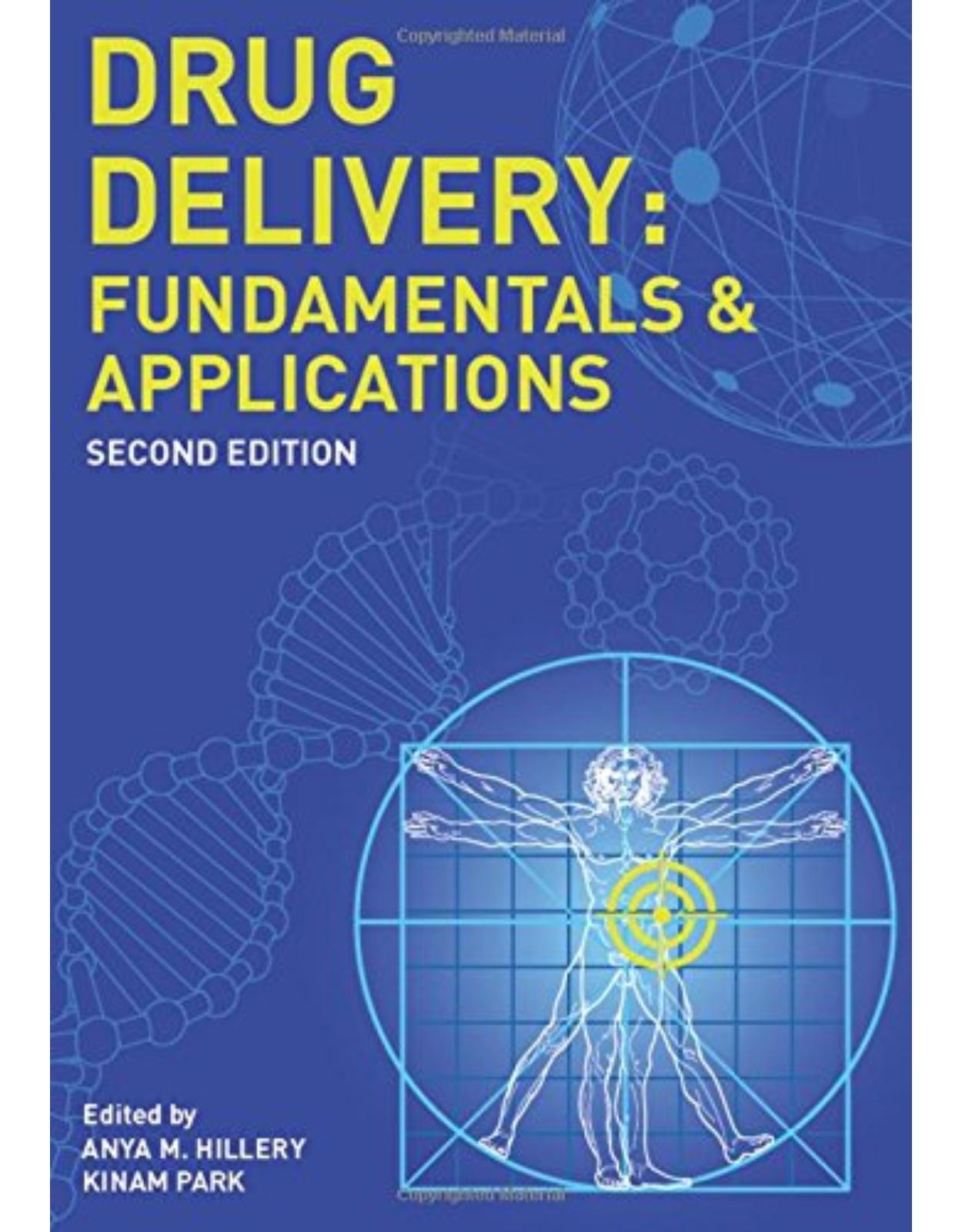
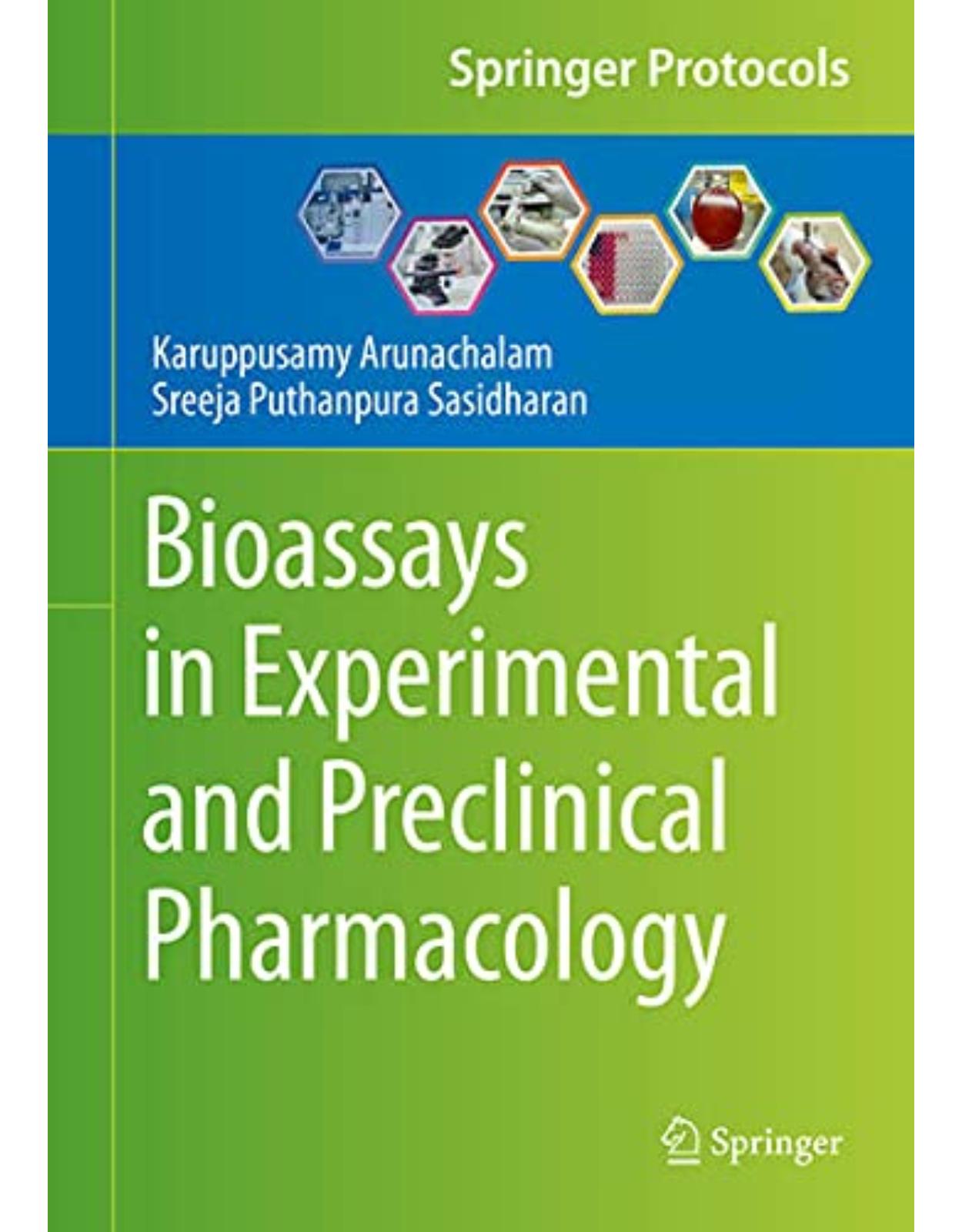
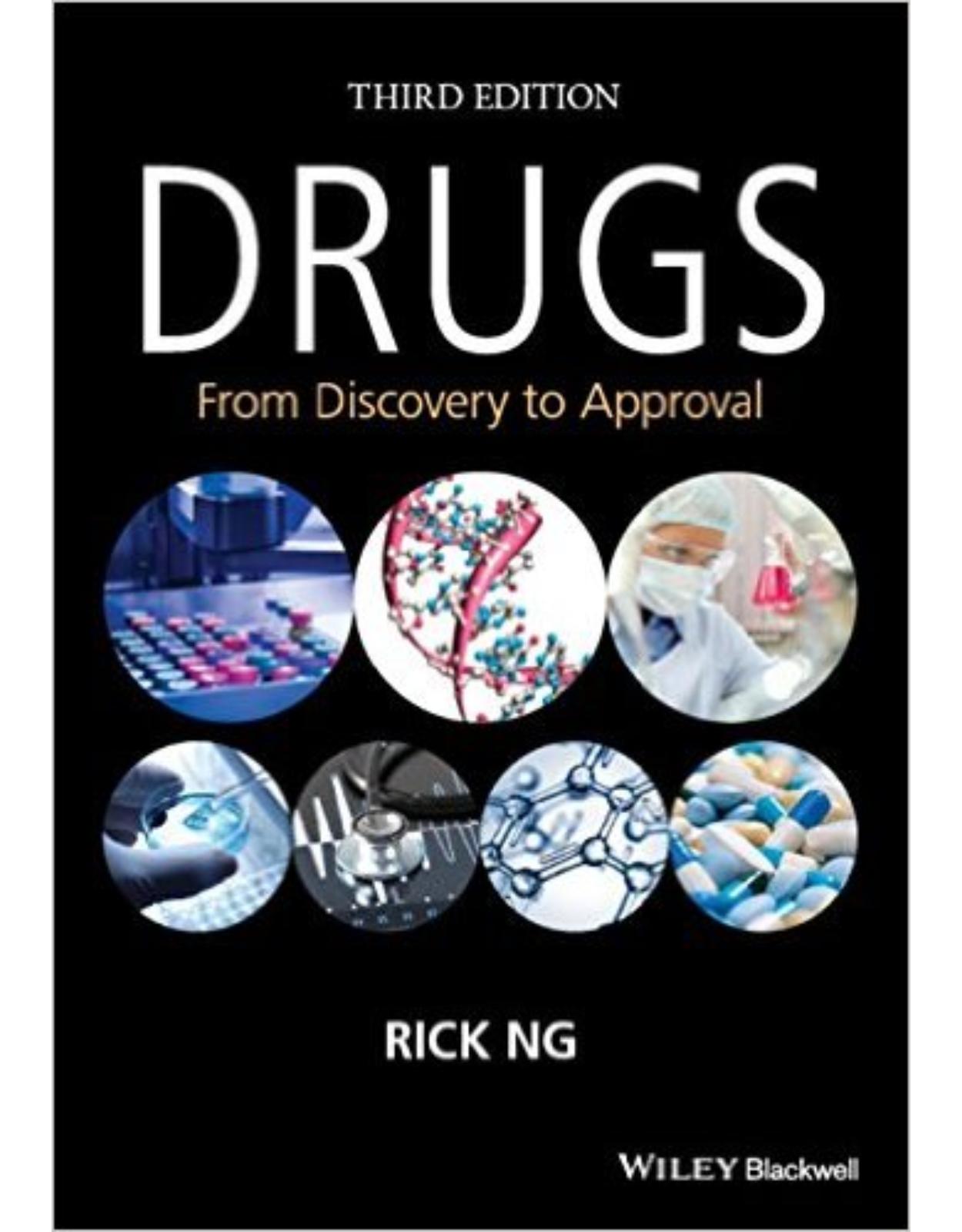
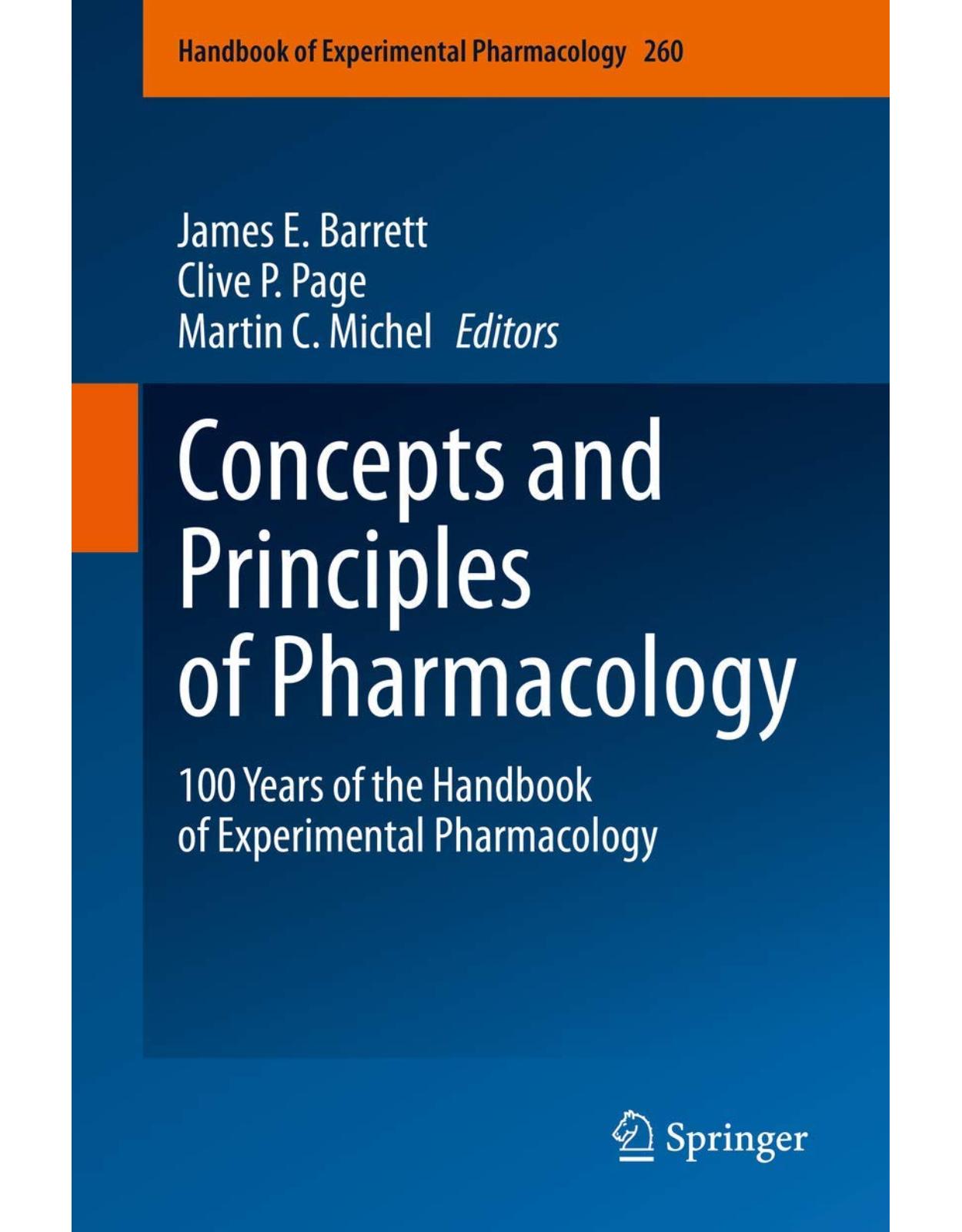
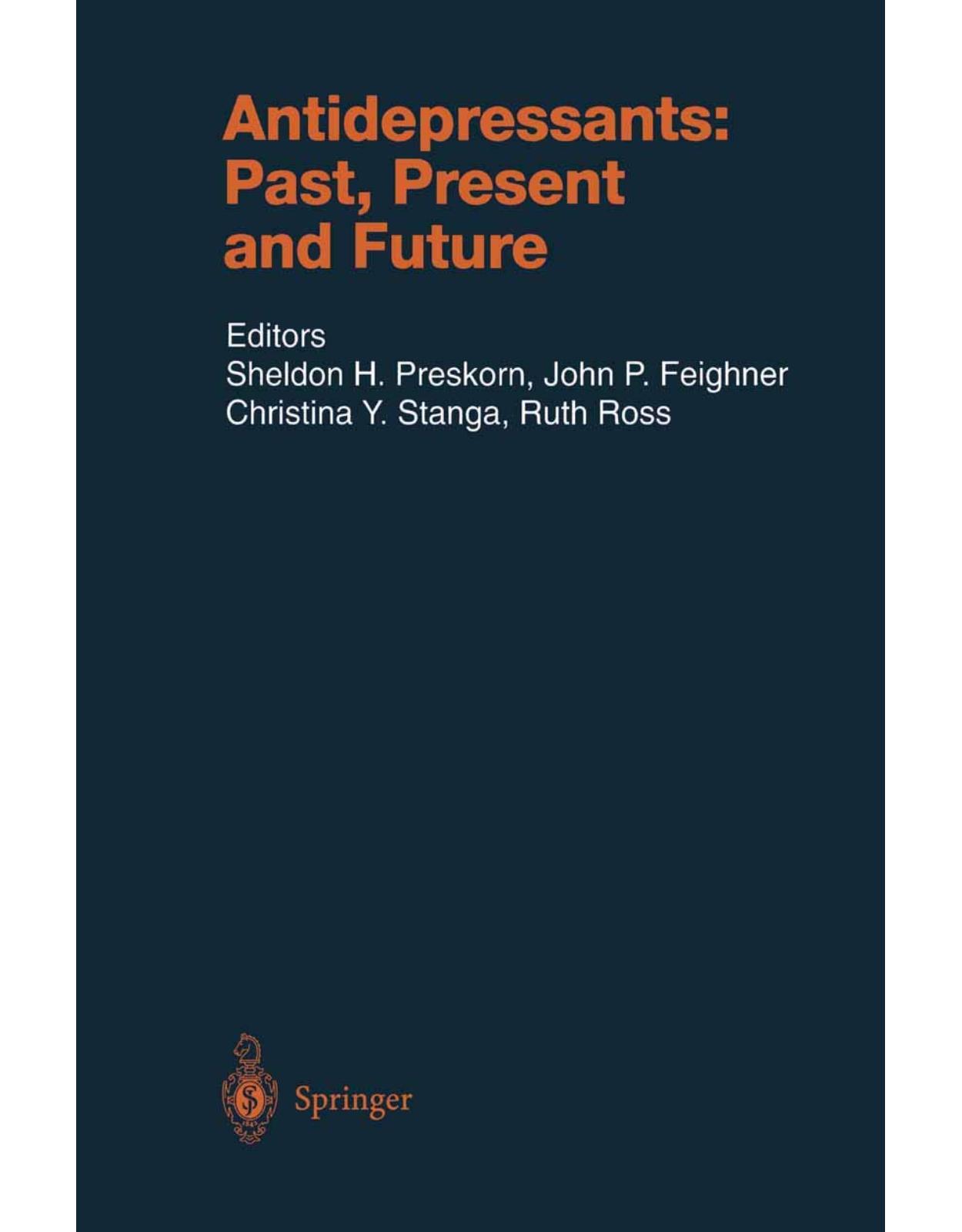
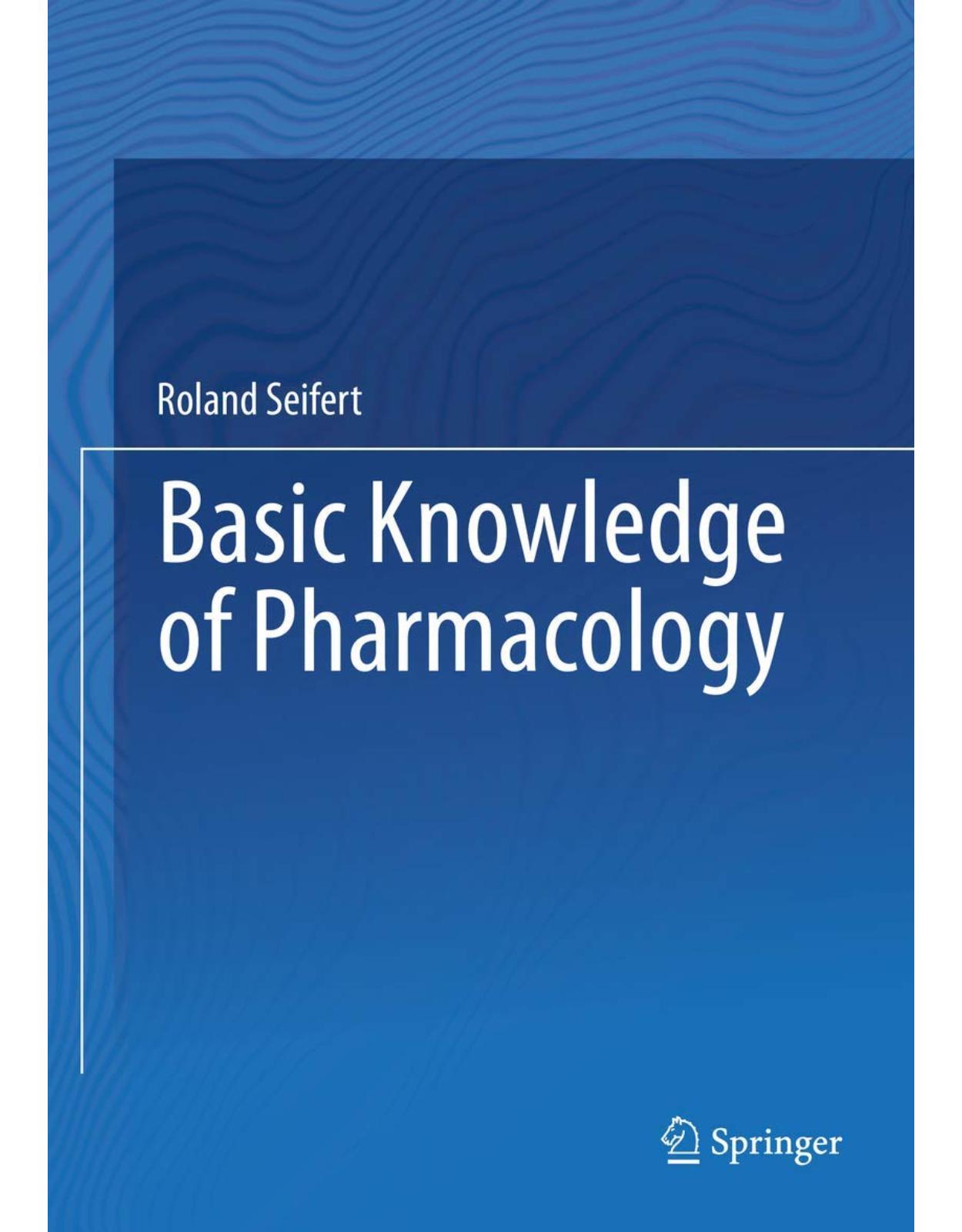
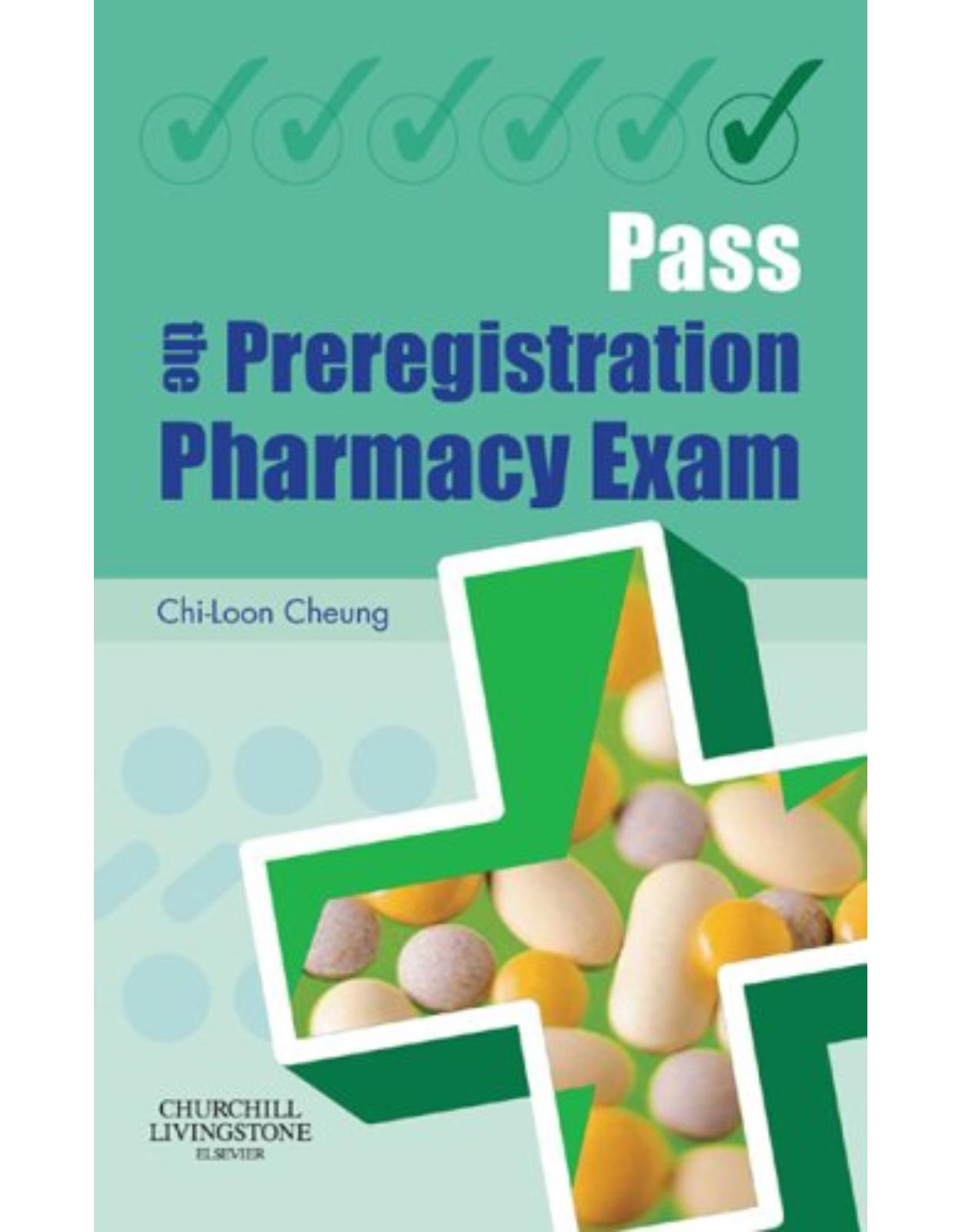
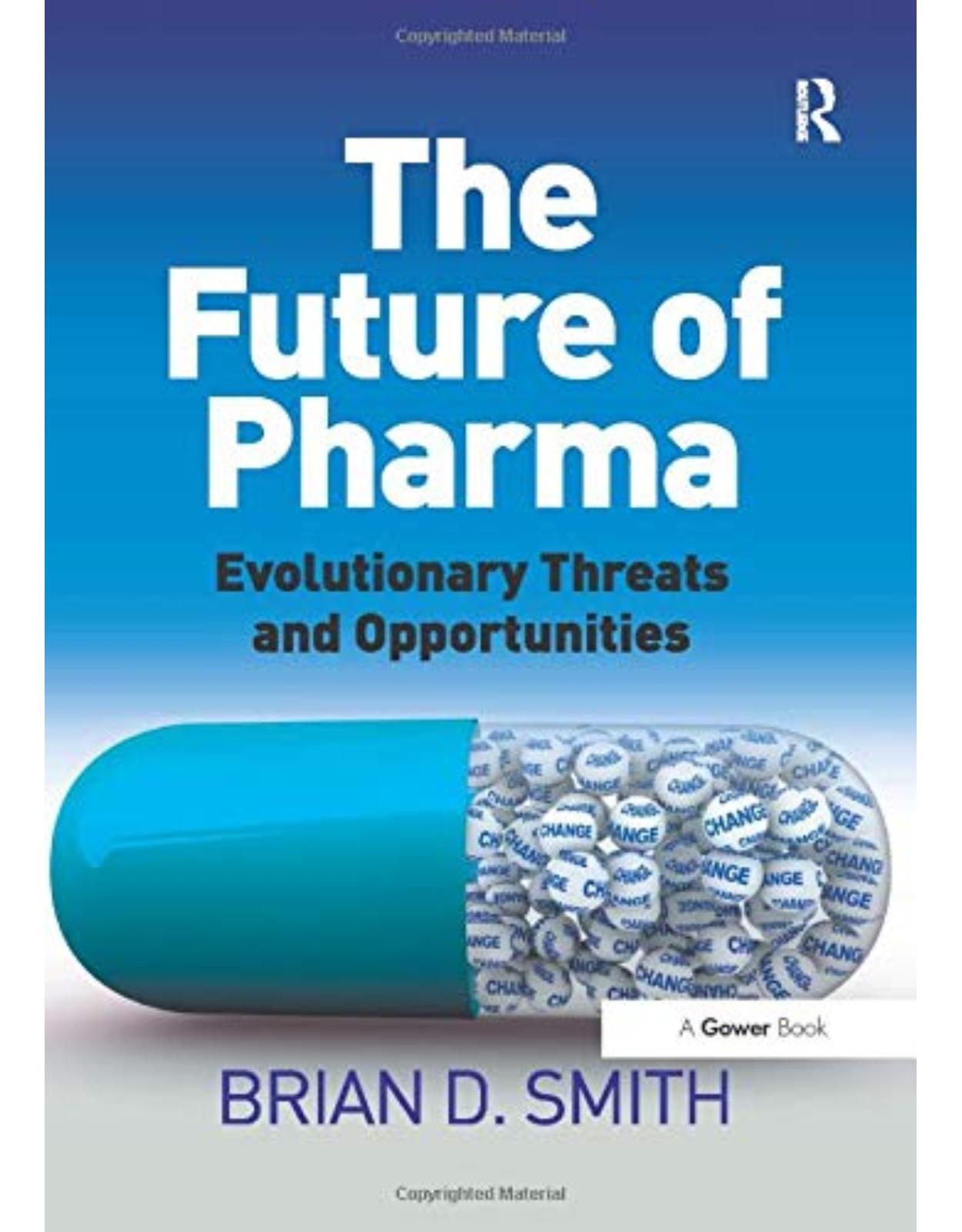
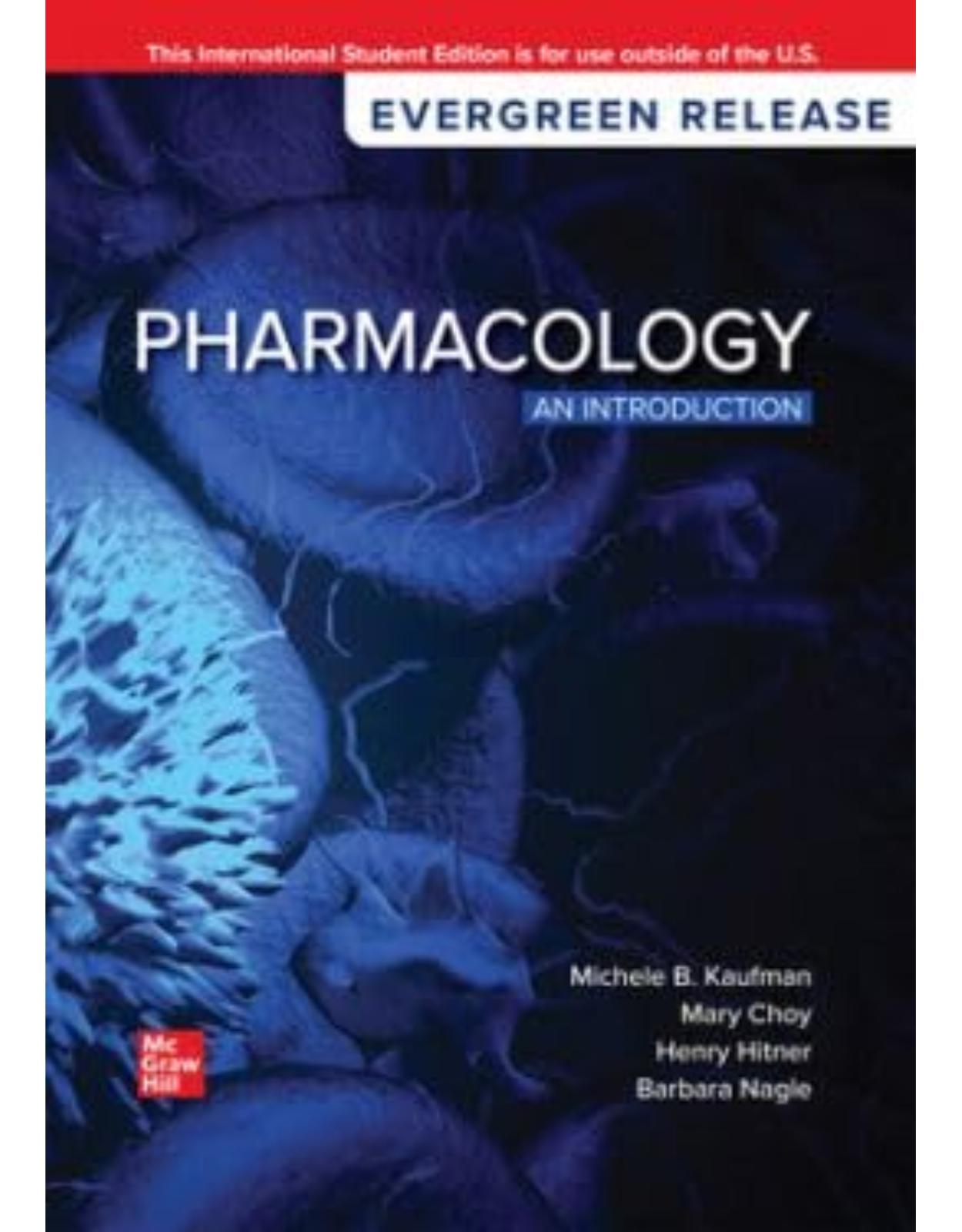
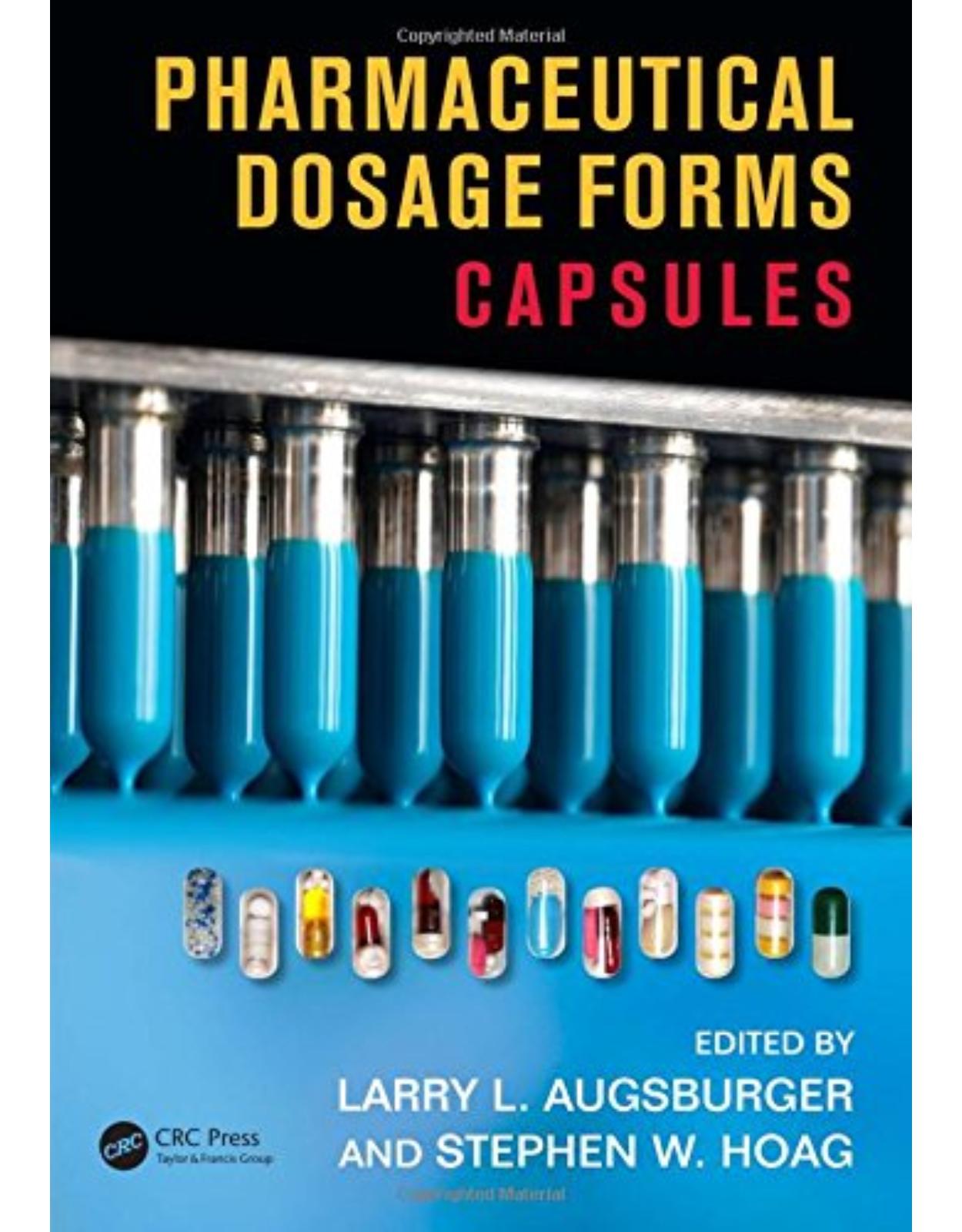
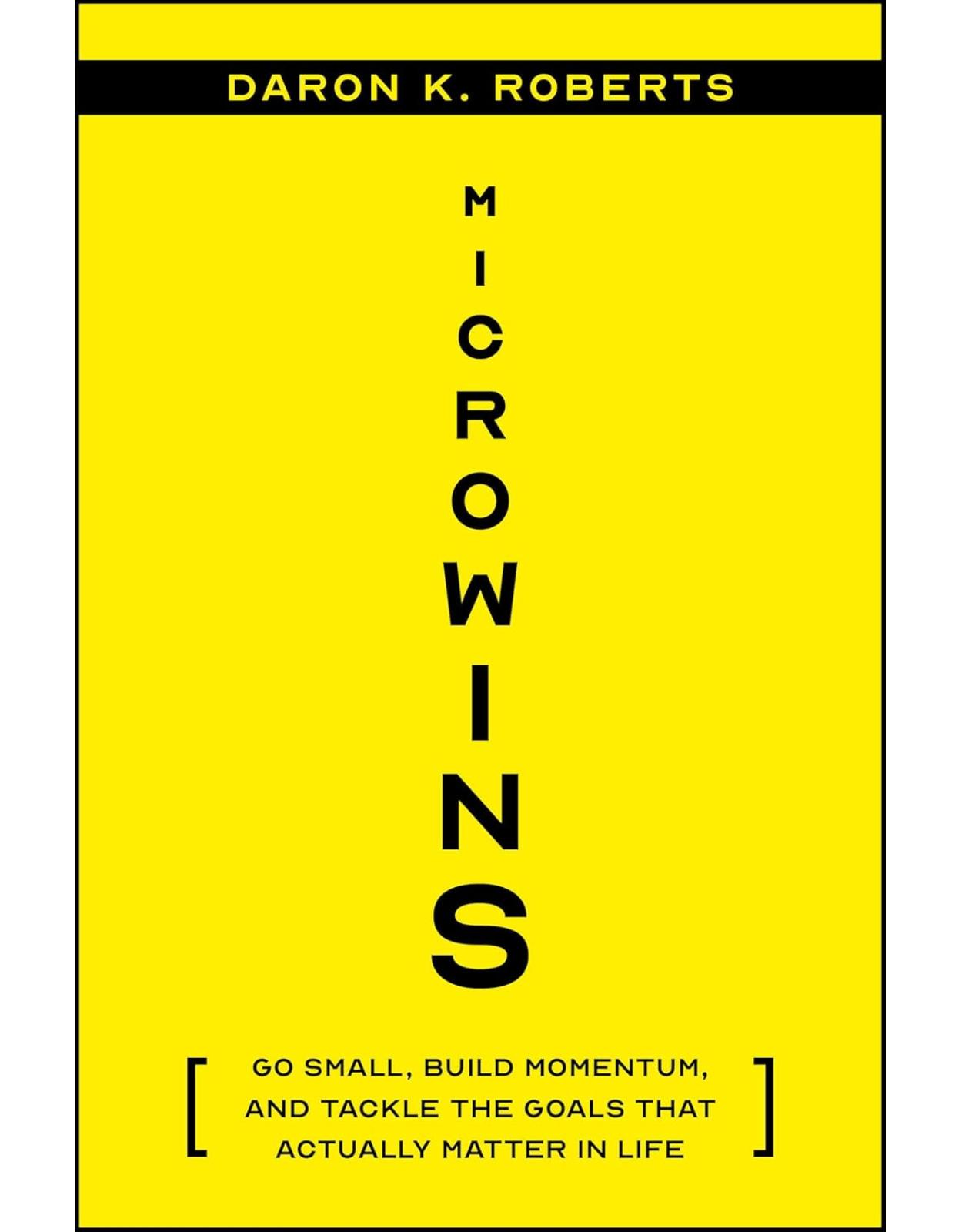
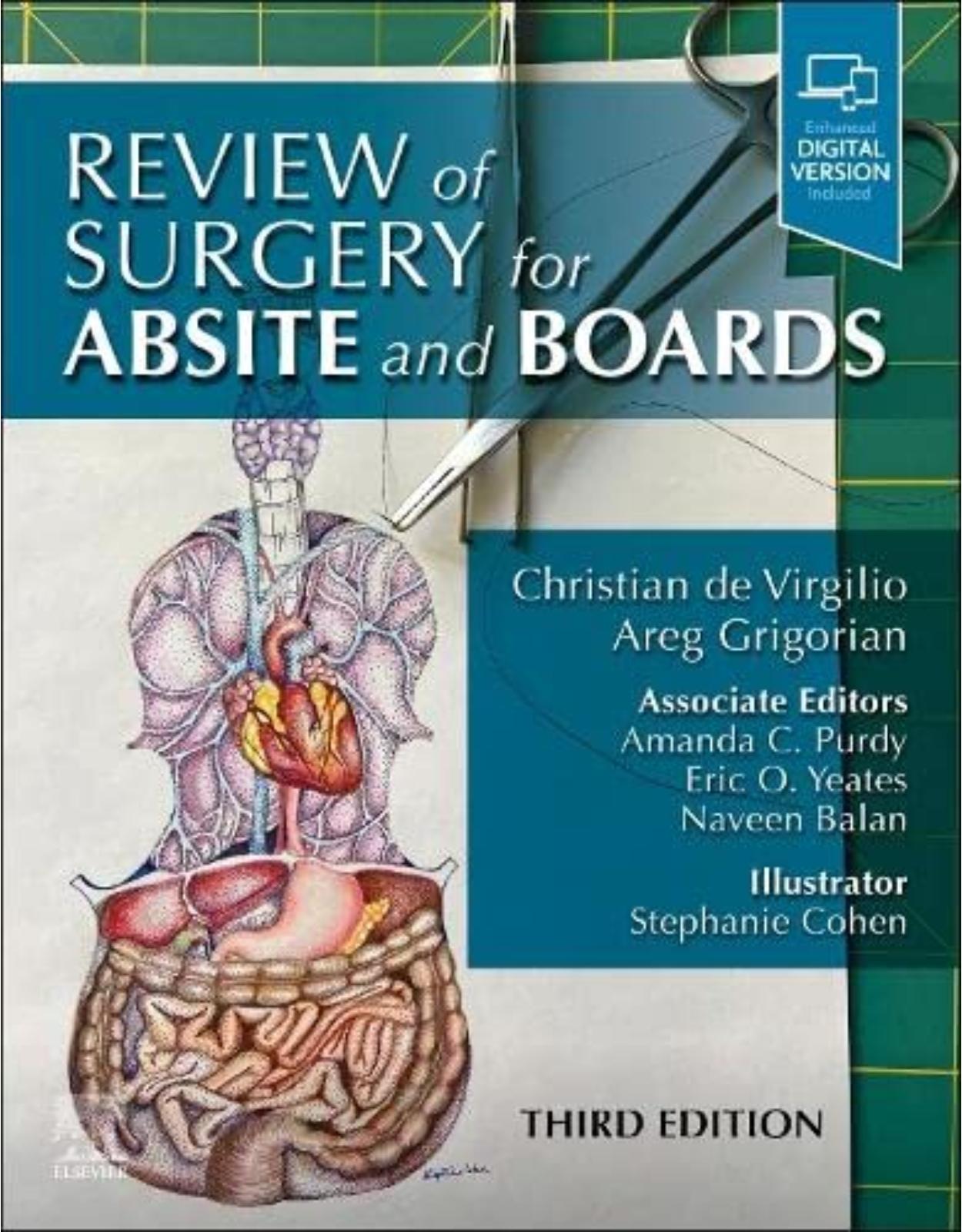
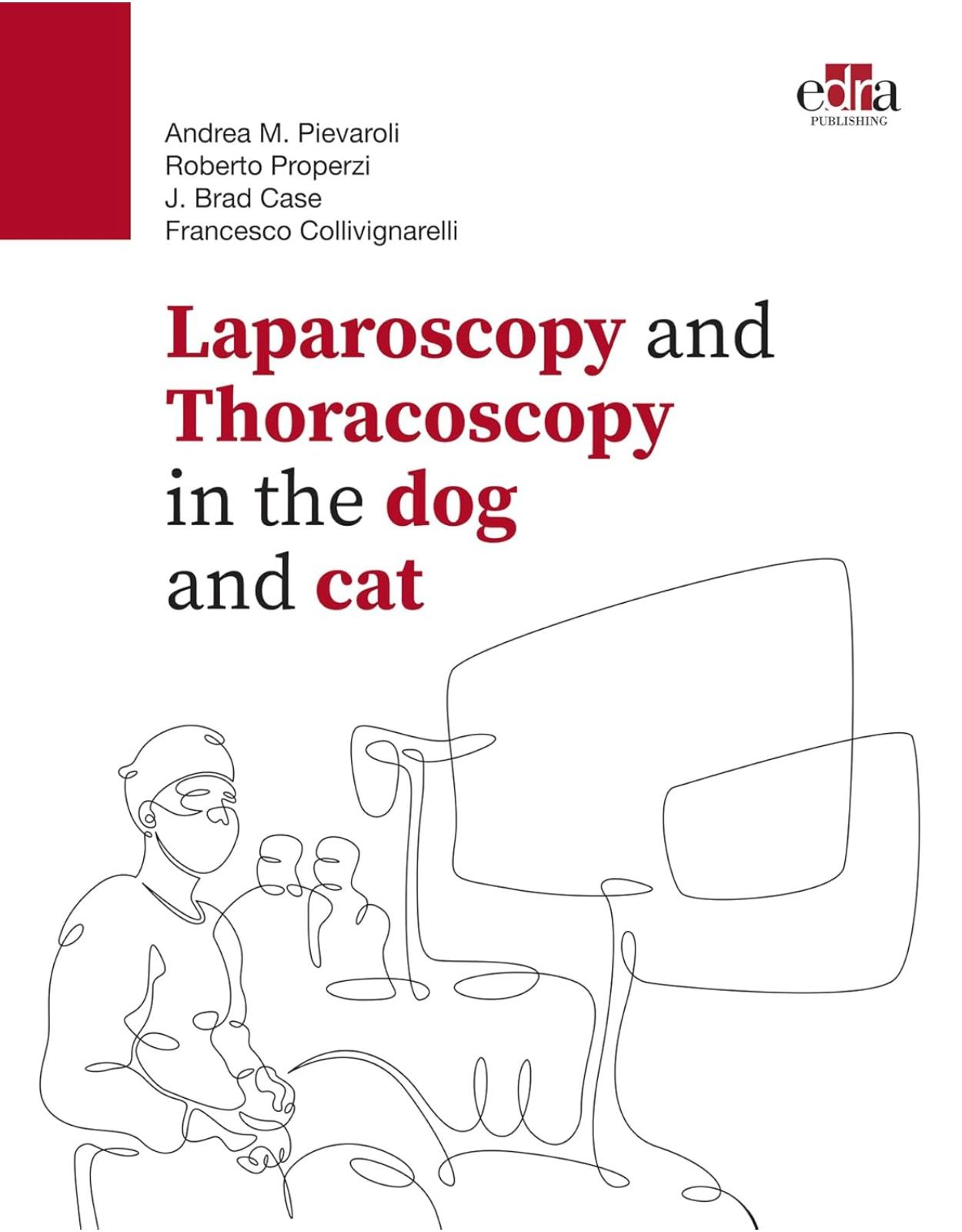
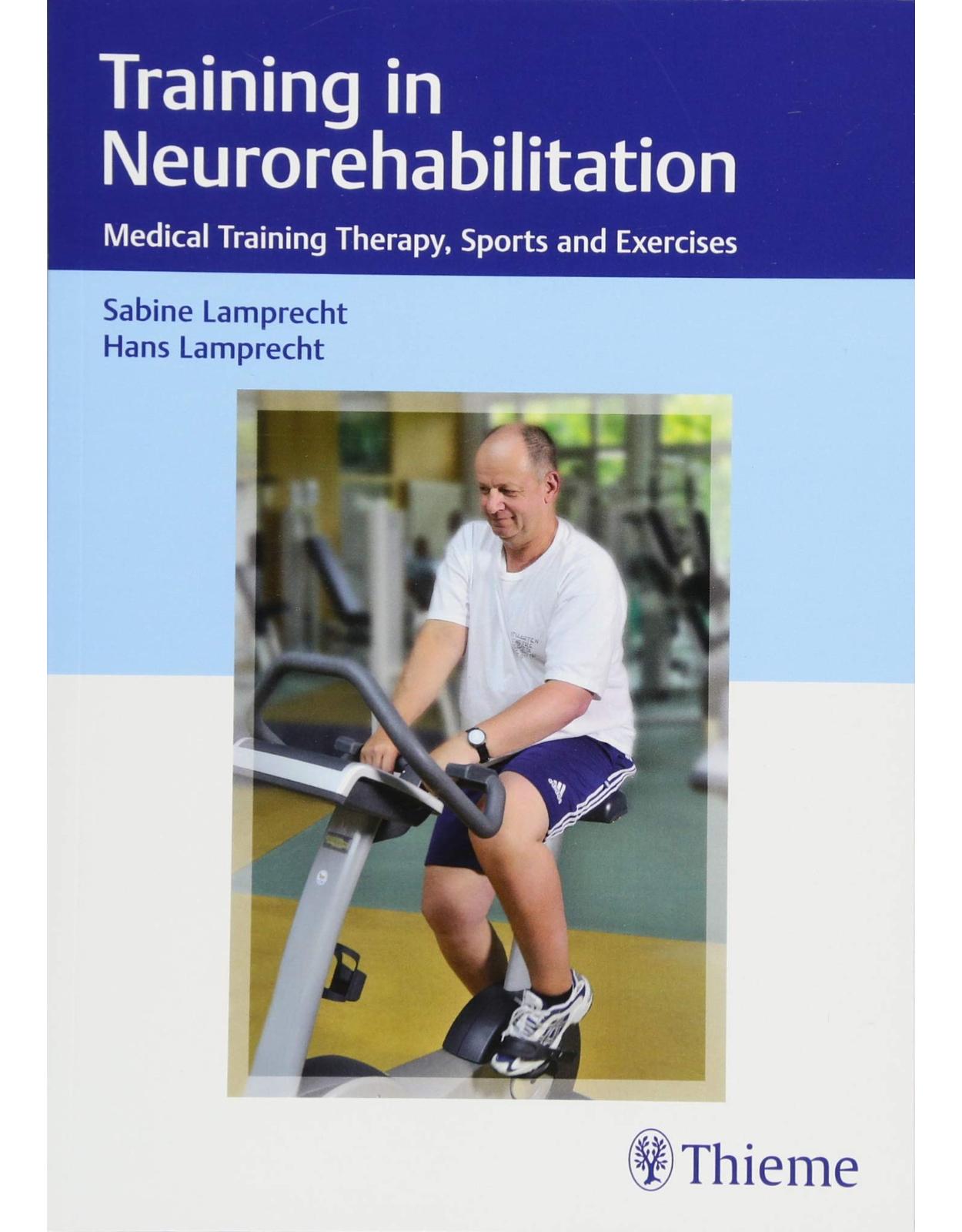
Clientii ebookshop.ro nu au adaugat inca opinii pentru acest produs. Fii primul care adauga o parere, folosind formularul de mai jos.